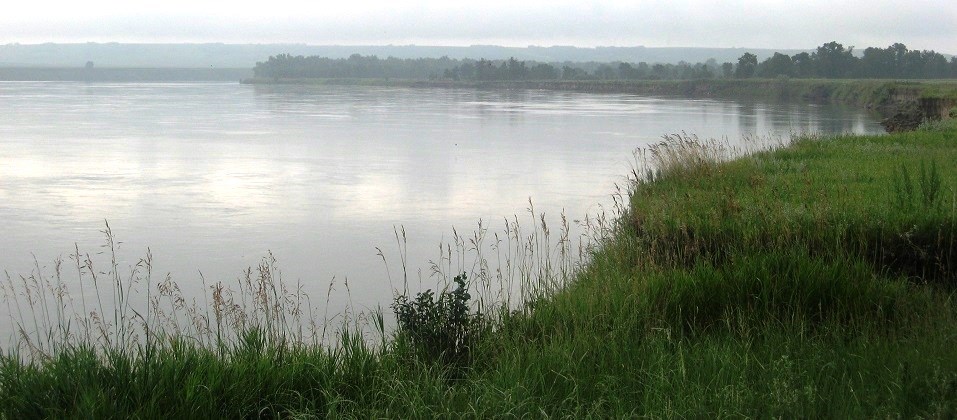
NPS
Importance
The Northern Great Plains Network has developed a water quality monitoring protocol for selected streams/rivers in the Network. Initially, we conducted pilot projects to evaluate the effectiveness of using continuous water quality data sondes. These data were then used to conduct a power analysis. A three-year rotation sampling design maximized the number of sites that could be monitored under a moderately robust design.
Water quality monitoring was initiated in 2013. Since then, our network has entered into interagency agreements with the U.S. Geological Survey (USGS) North Dakota, Wyoming, and Nebraska Water Science Centers to collect water quality data. The USGS provides Northern Great Plains Network with the approved data on four core parameters (water temperature, specific conductance, pH, and dissolved oxygen) and on streamflow. In addition, data are made available in real-time (during ice-free season) for the parks sampled that year on the USGS Next Generation Water Information System.
Monitoring Objectives
- Determine status and long-term trends of core field parameters including temperature, pH, dissolved oxygen, and specific conductivity in wadeable perennial streams/rivers during the ice-free season.
- Determine the status and long-term trends in streamflow at priority streams/rivers during the ice-free season.
Last updated: September 28, 2022
